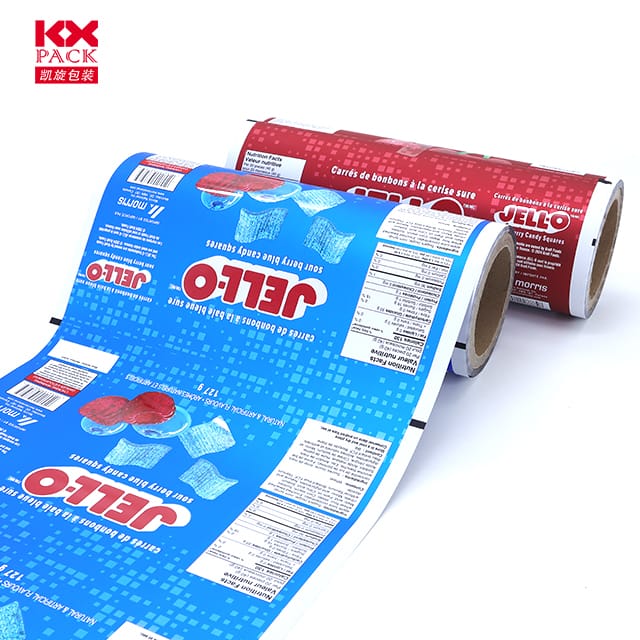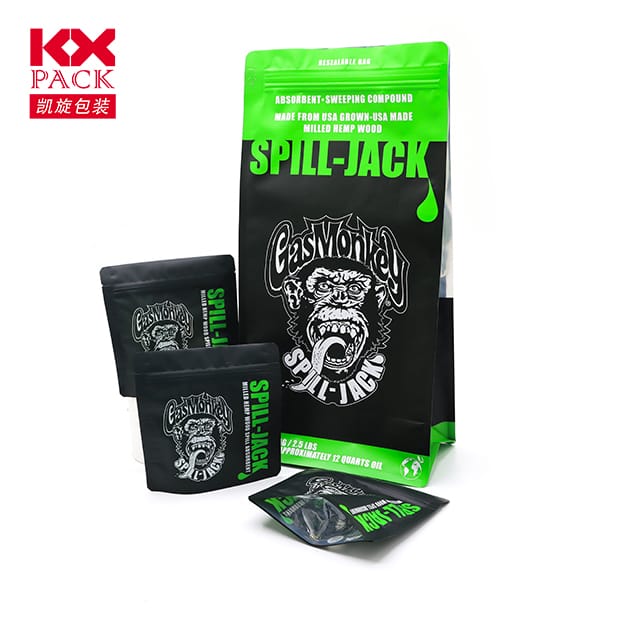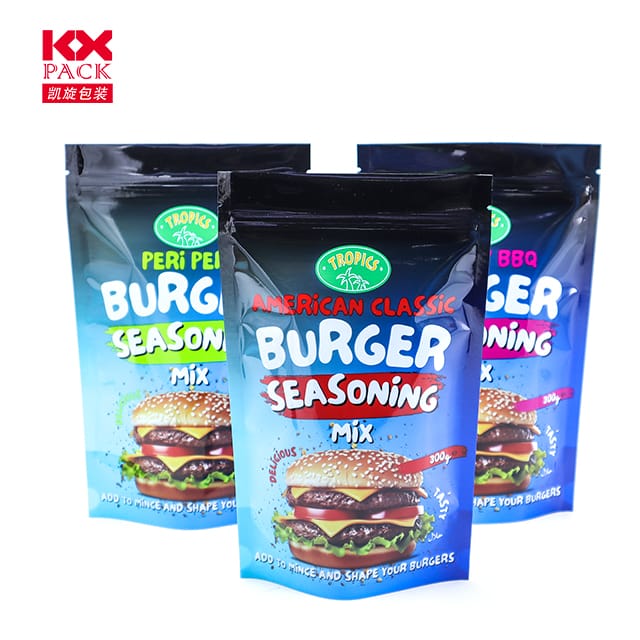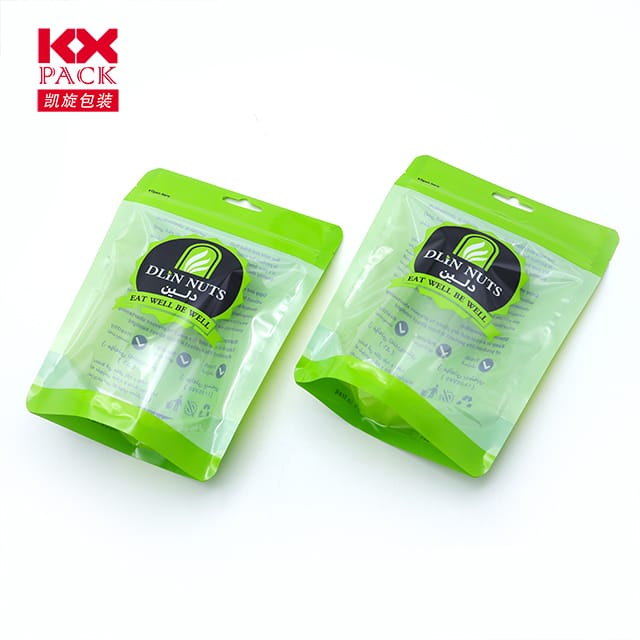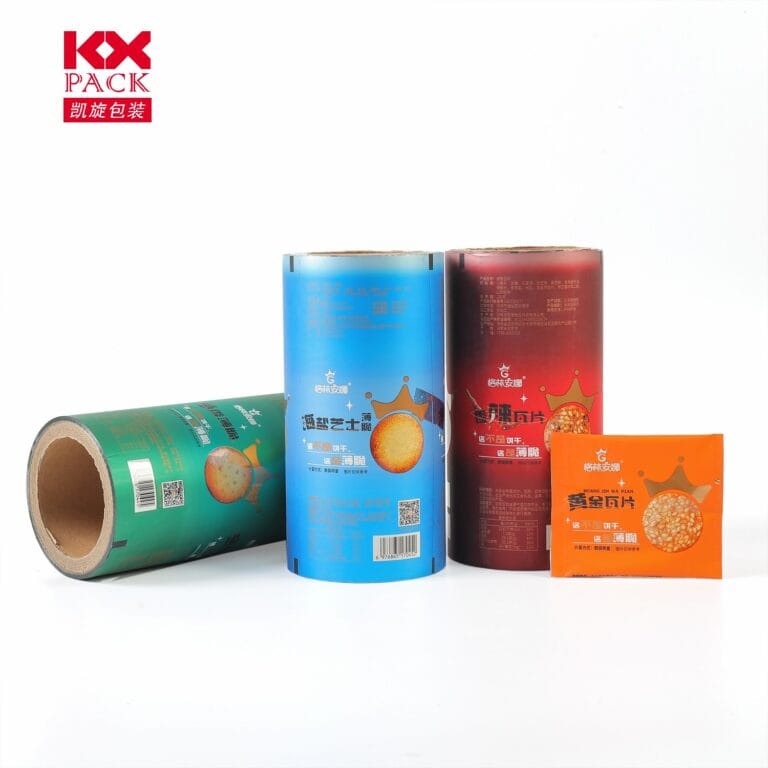The Intricacies of Packaging Film Manufacturing: A Process-Driven Exploration(3)
포장 필름
In the realm of modern packaging, the manufacturing of packaging films stands as a cornerstone of innovation and efficiency. From food safety to product preservation, the quality and functionality of packaging films directly impact consumer trust and brand reputation. This blog delves into thepackaging film manufacturing process, highlighting key stages, 기술 발전, and quality control measures that define this dynamic industry.
1. Material Selection and Preparation
The journey begins withraw material selection, a critical step that determines the film’s physical properties and application suitability. Polyethylene (체육), including high-density (HDPE) and low-density (LDPE), remains a staple due to its flexibility, 비용 효율성, and recyclability. Advanced formulations may incorporateethylene-vinyl acetate (에바) copolymers 또는multilayer co-extrusion techniques to enhance barrier properties, stretchability, or heat resistance. 예를 들어, EVA-based films with 9–26% vinyl acetate content are engineered for vacuum packaging, offering high stretch ratios without compromising integrity.
2. Extrusion and Film Formation
The heart of the process lies inextrusion, where resin pellets are melted and forced through a die to form a continuous film. Modern extrusion lines employco-extrusion technology, enabling the simultaneous creation of multi-layered films with distinct functionalities—e.g., a barrier layer for oxygen resistance and a sealant layer for heat sealing. Key parameters such as온도, 압력, and screw speed are meticulously controlled to ensure uniform thickness and molecular orientation.
3. Printing and Surface Enhancement
Aesthetics and branding come into play during인쇄, where techniques likeflexography (for high-speed, multi-color jobs) 또는UV printing (for vibrant, instant-dry graphics) add visual appeal. UV printing, 특히, offers1440 dpi precision and 5-year fade resistance, making it ideal for luxury packaging. Post-printing, surface treatments ~와 같은라미네이션, embossing, or metallization enhance durability, tactile appeal, or barrier properties.
4. Lamination and Composite Bonding
For multi-layer structures, 라미네이션 fuses different films or substrates (예를 들어, 종이, aluminum foil) using adhesives or thermal bonding.Dry lamination uses heat and pressure, whilewet lamination employs solvent-based adhesives. ㅏ 2021 study highlighted the challenge ofvolatile organic compound (VOC) migration in solvent-based adhesives, prompting manufacturers to adoptin-process VOC monitoring with portable sensors. This ensures compliance with food-safety regulations and reduces environmental impact.
5. Slitting, Winding, and Finishing
The final film isslit into desired widths andwound onto rolls or spools. Automated systems adjust tension and speed to prevent defects liketelescoping 또는wrinkling. Quality checks at this stage includethickness measurement, tensile strength testing, and optical inspection to detect pinholes or inconsistencies.
6. Quality Control and Innovation
Industry 4.0 technologies are transforming quality control.IoT sensors embedded in machinery track real-time data on temperature, 압력, and line speed, enabling predictive maintenance and defect reduction. 예를 들어, 에이 2025 study demonstrated how IoT-driven analysis of five parameters reduced quality defects in packaging film production by 30%. 추가적으로, sustainability initiatives drive the adoption of생분해 성 폴리머 그리고recycled content, aligning with global eco-conscious trends.
결론: The Future of Packaging Film Manufacturing
The packaging film industry is poised for growth, driven byautomation, 지속 가능성, and consumer demand for high-performance packaging. As technologies likeAI-driven defect detection 그리고nano-layered barriers emerge, manufacturers must balance innovation with regulatory compliance and environmental stewardship. By mastering the manufacturing process—from material selection to final inspection—companies can deliver films that not only protect products but also elevate brands in a competitive marketplace.
Stay tuned for more insights into packaging innovations and industry trends! 🌍📦✨
키워드: Packaging Film Manufacturing, Extrusion, 인쇄, Lamination, 품질 관리, 지속 가능성, IoT, UV Printing

